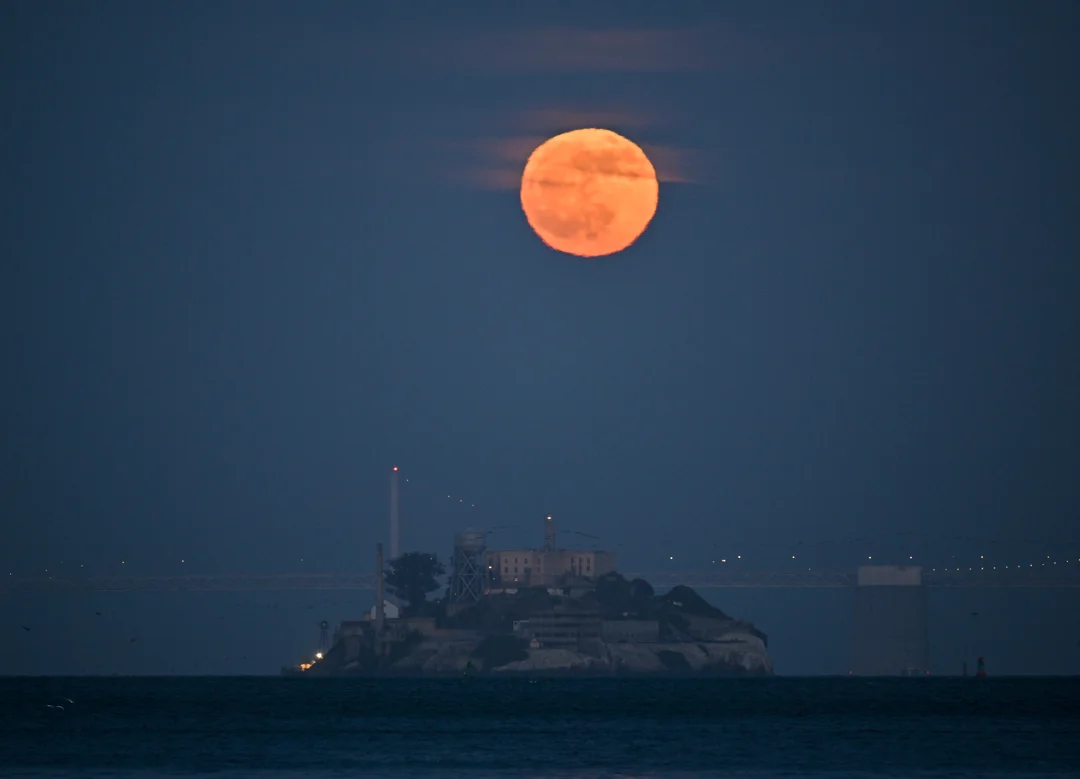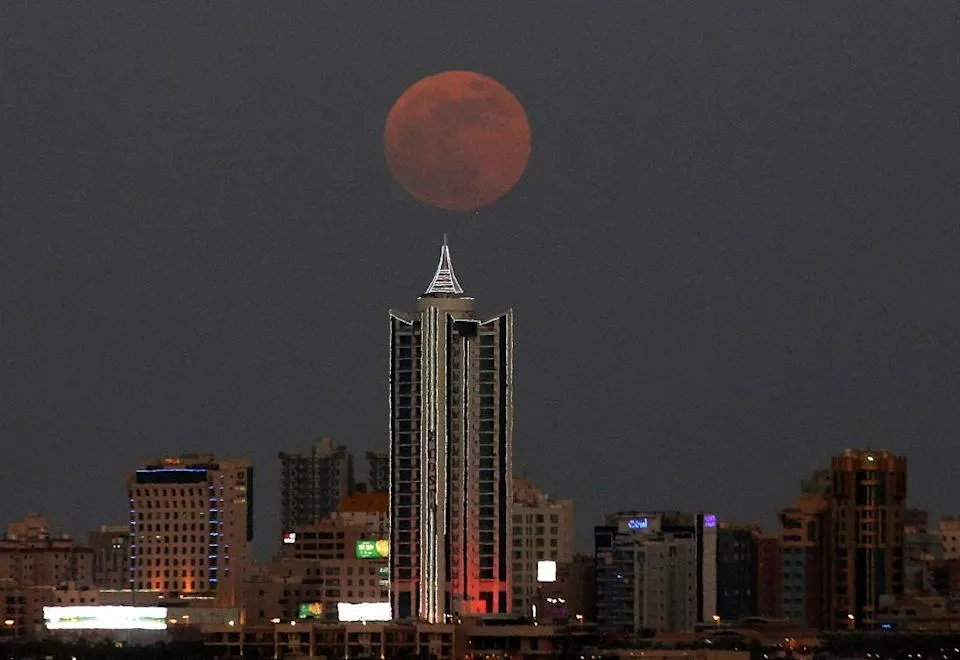
Summer Stargazing 2025: Full Moons, Meteor Showers, and More!
Get ready for a summer filled with celestial wonders! From vibrant meteor showers to captivating eclipses and mesmerizing full moons, summer 2025 promises a spectacular display for stargazers. While some astronomical events may favor certain regions, there's plenty to see no matter where you are.
Already this year, we've been treated to dazzling sights like the Eta Aquarids meteor shower and the alignment of Venus and Saturn. But the cosmic calendar is far from empty. Let's dive into some of the biggest astronomical events to watch for in the coming months.
New Moons: Setting the Stage for Dark Skies
Mark your calendars! The new moons of summer 2025 will occur on June 25, July 24, August 23, and September 21. These nights offer the darkest skies, perfect for observing fainter celestial objects.

June 11: Full Strawberry Moon
June's full moon, often called the Strawberry Moon, isn't necessarily red, but takes its name from Native American tribes who associated it with the berry harvest season. This year, don't miss this final super moon!
June 21: June Solstice
The June solstice marks the longest day of the year in the Northern Hemisphere and the beginning of summer. Occurring on June 21, 2025, at 02:42 UTC, the sun will reach its northernmost point.
July: Mercury's Appearances & The Buck Moon
Keep an eye out for Mercury on July 4 and August 19. On July 4, it will be at its greatest elongation east, appearing furthest from the sun in the evening sky. Morning people can catch it on Aug 19, at greatest elongation west.

July's full moon, the Buck Moon, around July 10, signifies the time when deer bucks begin regrowing their antlers.
August: Sturgeon Moon & Perseid Meteor Shower
August 9 brings the Sturgeon Moon, named by Native American tribes for the abundance of sturgeon in the Great Lakes during this time.

But the highlight of August is undoubtedly the Perseid meteor shower, peaking between August 12 and 13. Debris from the comet Swift-Tuttle creates this spectacular display of “shooting stars”.
September: Lunar Eclipse, Corn Moon, and Saturn
September 7-8 features a total lunar eclipse, though unfortunately, totality will only be visible from Australia, Asia, Africa, and Europe. However, other regions may catch a partial view.
The September full moon, the Corn Moon (Sept 7), marks the time when corn is traditionally harvested. Coinciding on Sept 21, you'll be able to spot Saturn – when Earth, Saturn and the Sun align, offering the closest view of the ringed planet.

Finally, on September 21, a partial solar eclipse will occur, but only be viewable in New Zealand, Australia and parts of Antarctica.
The September equinox, also known as the Autumnal equinox, signals the start of fall in the Northern Hemisphere on September 22.
From meteor showers to eclipses and planet sightings, this summer's stargazing opportunities are abundant. So get outside, look up, and enjoy the cosmos!
What are you most excited to see in the night sky this summer? Share your thoughts and observations in the comments below!